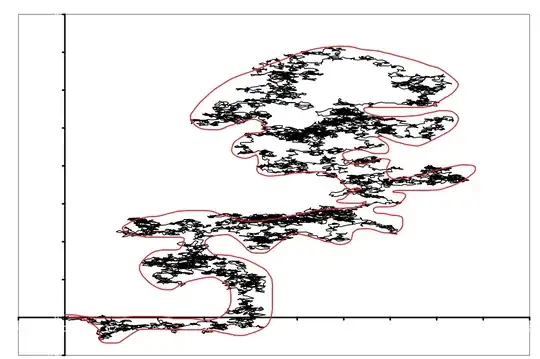For example, if you look at a soccer ball through a microscope, you can see a large irregular surface, while on a soccer field it looks like a point.
On the microscopic scale, carbon nanotubes have a three-dimensional structure, while on the macroscopic scale, carbon nanotubes can be seen as a curve.
The British coastline is microscopically fractal, on a world map, it is jagged, and in outer space, it is just a dot.
If a bald person grows a hair, from a distance he remains a bald person, but up close you can see that he has a hair. (This is somewhat similar to the fact that P(man=bold)=1 holds almost everywhere)
A trajectory of Brownian motion has a fractal structure and is irregular, but from a macroscopic point of view, its trajectory can be seen as a curve with a certain trend and a specific profile.

When we measure the same thing with different scales, we can see different phenomena.
What branch of mathematics is about scale problems?